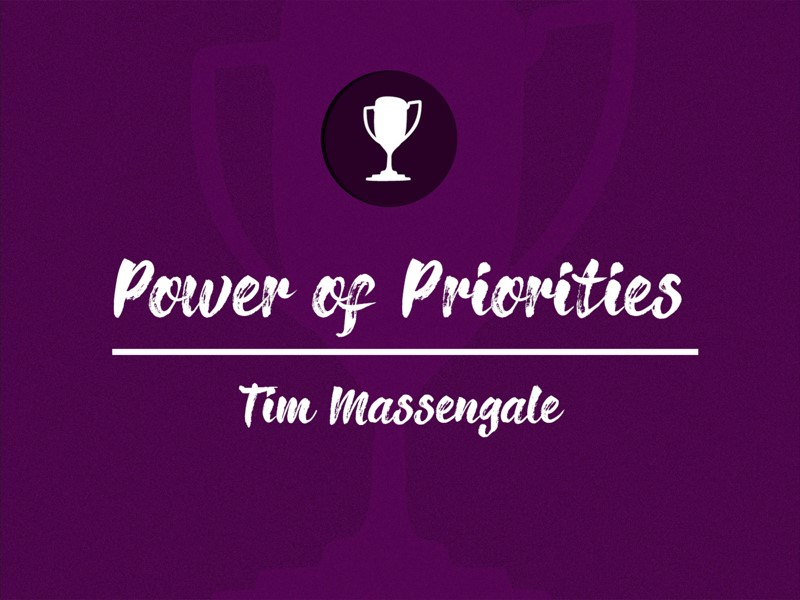Most department leaders are sincere in their desire to work for God. They want to work for the Lord or they would not have accepted the responsibility of leadership. But few people know how to plan effectively. They work in spurts, start five projects at once, become bogged down, become discouraged, often quit altogether. This should not be.
By Tim Massengale
Many years ago, Charles Schwab, president of Bethlehem Steel Company, granted an interview to an efficiency expert named Ivy Lee. Lee was telling Mr. Schwab how his firm could help him do a better job of managing the company, when Mr. Schwab broke in to say something to the effect of, “Sorry, but I’m not managing now as well as I know how.”
He went on to tell Ivy Lee that what he needed wasn’t more knowing – but more doing. He said, “We know what we should be doing. Now, if you can show us a better way of getting it done, I’ll listen to you – and pay you anything within reason.”
Mr. Lee replied that he could give him something in twenty minutes that would increase his achievements by at least 50%. He then handed Charles Schwab a blank sheet of paper and said, “Write down on this paper the six most important things you have to do tomorrow.” Mr. Schwab did as requested. It took about three minutes. Lee then said, “Now number them in the order of their importance to you and the company.” That took about five minutes. Then Lee said, “Now put the paper in your pocket and the first thing tomorrow morning, take it out and look at item number one. Don’t look at the others, just number one, and start working on it. Stay with it until it’s completed. Then take item two the same way, then number three, and so on until you have to quit for the day. Don’t worry if you have only finished one or two items. You’ll be working on the most important ones. The others can wait. If you can’t finish them all by this method, you couldn’t have finished them with any other method either. And without some system, you’d probably take ten times as long to finish them – and might not even have them in the order of importance.
“Do this every day,” Lee went on. “After you have convinced yourself of the value of this system, have your men try it. Try it as long as you like, and then send me your check for whatever you think the idea is worth.”
The entire interview hadn’t taken more than a half-hour. In a few months Mr. Schwab sent Ivy Lee a check for $25,000.00, along with a letter saying the lesson was the most profitable that he had ever learned in his life. It was later said that in five years this was the plan that was largely responsible for turning what was then a little known steel company into the largest independent steel producer in the world, US Steel. It also helped make Charles Schwab several hundred million dollars.
One idea! The concept of taking projects one at a time, in their proper order of priority. Of staying with that project until it’s successfully completed before moving to the next. It is just such an idea that can turn the ideas of your evangelism planning retreat from dreams into reality.
But this concept must not only be applied to implementing new ministries and programs, but also to solving of problems and weaknesses. Perhaps you have read the legend of Horatius, the Roman hero who defended a bridge over the Tiber River against the Etruscan army. He encountered three giant, fierce warriors. Knowing that he could not defeat all three at one time, he ran. In time, the three spaced themselves out because each ran at a different speed.


